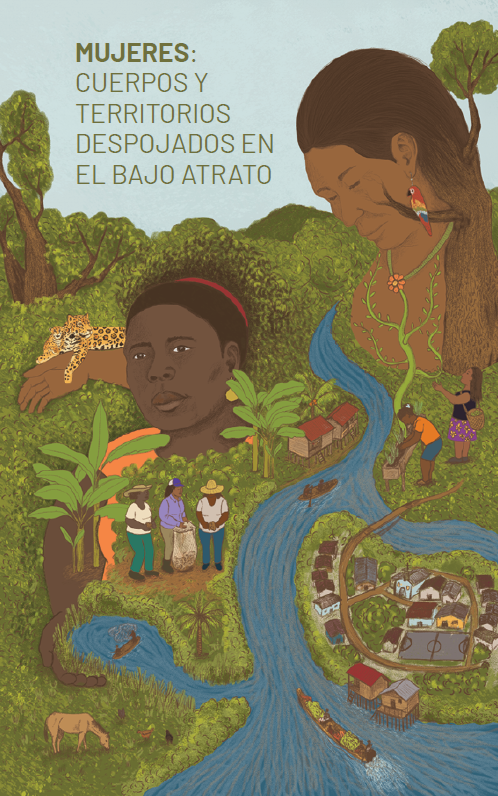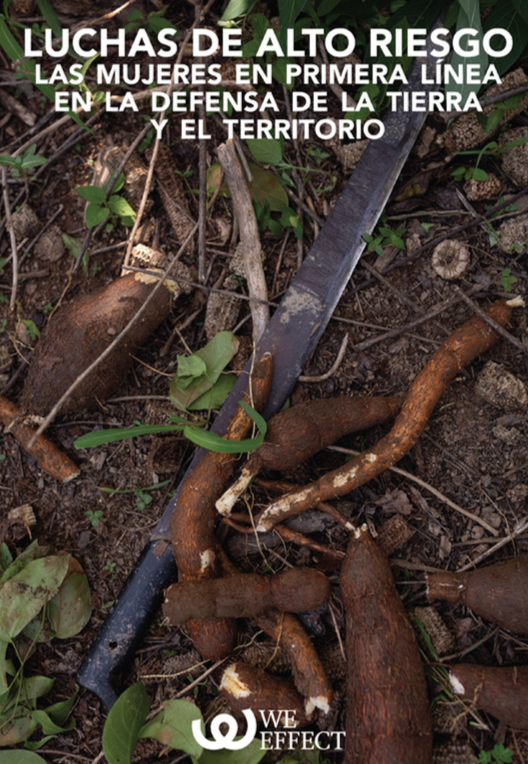Las mujeres del mundo rural están mucho más expuestas que las del urbano a la sobrecarga que las tradiciones de división sexual del trabajo les han impuesto. Su papel en la reproducción social es invisibilizado por la subvaloración “del trabajo reproductivo, productivo y para el autoconsumo” (…
La violencia ejercida contra los cuerpos de las mujeres también es una violencia ejercida contra los territorios. Para las mujeres negras, indígenas y mestizas del Bajo Atrato sus cuerpos son parte sustantiva de los territorios y, desde allí, lo han construido y defendido. Los ríos, ciénagas y…
This chapter discusses the process of building an Food and Nutrition Security policy in Cali. The conclusion, asks a number of key questions as part of an analysis of the main driving forces behind the successful construction and formulation.
The book -Public Policies and Food Systems in…
Cattle play an important role in rural livelihoods and the economies of developing countries, especially regarding food and nutrition security and producer welfare. Cattle support poverty alleviation by building resilience and strengthening the livelihoods of large numbers of rural people: over…
This analysis provides insights on deforestation dynamics in Colombia in times of conflict and peace and the different factors driving these dynamics. We used time series clustering of yearly deforestation data (2001–2018) from 708 municipalities and regression models to identify drivers that…
This article analyzes literature on the history of cattle ranching and agricultural innovation adoption in Colombia to understand how livestock production systems have evolved from the 1950s until today. Departing from new scholarship that has questioned the idea that cattle ranching has been…
Feeding improvement strategies are key in increasing cattle productivity and reducing its environmental footprint. Nevertheless, Colombian tropical cattle systems still feature serious deficiencies in both forage quality and availability. As a result of past and ongoing forage Research and…
CONTEXT
Colombia has a total of 27.2 million heads of cattle, ranking fourth among the Latin American countries. Identifying sustainable strategies to mitigate greenhouse gas emissions (GHGE) will help the Colombian government meet their goal of a 51% reduction in national emissions by…
Study region: Sierra Nevada de Santa Marta (SNSM) region of Colombia.
Study focus: This research was conducted as a case study to generate relevant, quantitative information to support cacao farmer decision-making processes concerning water management in the SNSM. It involved the…
In the Colombian context, disputes over natural resources, mainly over land, and poor governance are intertwined with armed conflict. Although efforts to address this situation, including the 2016 peace agreement signed between Colombian government and the Revolutionary Armed Forces of Colombia…
Improving soil organic carbon (SOC) storage enhances soil quality and mitigates climate change. Agricultural and livestock specialists increasingly view tropical grasslands as a potential target for storing more soil carbon while boosting productivity. Earlier research in the 1990s showed the…
En Luchas de alto riesgo: Las mujeres en primera línea en la defensa de la tierra y el territorio<em> </em>se documenta de qué manera las organizaciones campesinas, indígenas y de mujeres que trabajan en el campo del desarrollo rural en Guatemala, Honduras y Colombia, experimentan…





